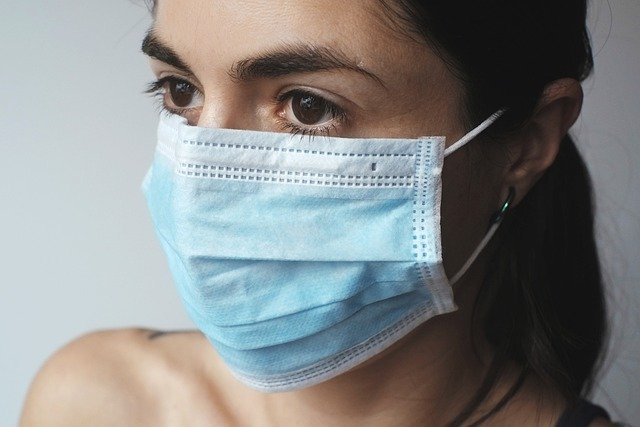Get the latest updates of COVID-19 from www.who.int
A new wastewater testing is a crucial step in detecting the COVID-19 virus present in different communities. A new study, published in Environmental Science & Technology, identifies a method that detects the virus in wastewater samples and tracks whether the infection rates trend up or down.

Wastewater is a vital source of virus because the infected shed the virus in their stool, which can be used for more responsive tracking and gives information for enhancing public health measures.
The test works by identifying and measuring genetic material in the form of RNA from SARS-COV-2, which causes COVID-19.
“This work confirms that trends in concentrations of SARS-CoV-2 RNA in wastewater tracks with trends of new COVID-19 infections in the community. Waste-water data complements the data from clinical testing and may provide additional insight into COVID-19 infections within communities,” said co-senior author Alexandria Boehm, a Stanford professor of civil and environmental engineering.
COVID-19 can be particularly hard to track, with many asymptomatic or mild cases going undetected. Those who do get tested can still spread the infection before they receive test results.
Faster identification of case spikes could allow local officials to act more quickly before the disease reaches a crucial tipping point where transmission becomes difficult to contain and hospitalizations overwhelm the local health system.
The viral RNA can be isolated from sewage in wastewater treatment facilities and identified through a complicated and highly technical recovery process. The relative amounts in wastewater correlate to the number of cases.
Anyone with a toilet connected to a sewer system could be depositing these biological samples regularly, making wastewater sampling an important source of information about COVID-19 in a community.
The COVID-19 virus can be detected in two forms – liquid influent and a settled solid form. Currently, the liquid influent study is highly appreciated. Still, some viruses have an affinity for solids and expected higher concentrations of the virus in these samples could improve detection and consistency.
“These results confirmed our early thinking that targeting the solids in wastewater would lead to sensitive and reproducible measurements of COVID-19 in a community. This means that we can track upward trends when cases are still relatively low,” said co-senior author Krista Wigginton, an associate professor in civil & environmental engineering from the University of Michigan. Wigginton and Boehm co-lead the research.
Language might differ from the original news, please find the original source at sciencedaily.com
Source:
Stanford University. “More responsive COVID-19 wastewater testing.” ScienceDaily. ScienceDaily, 7 December 2020. <www.sciencedaily.com/releases/2020/12/201207091259.htm>.

[…] ALSO READ: More Responsive COVID-19 Waste Water Testing […]